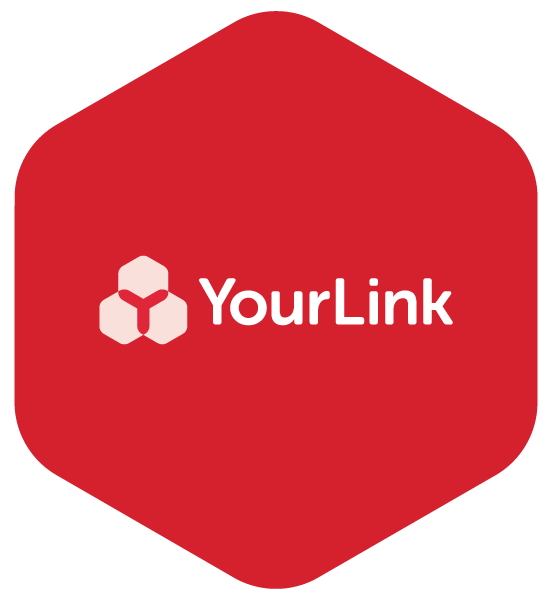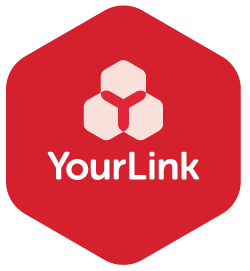Comfort with technology in everyday life will be the key for digital health success for seniors
We’re quite excited around the promise of what Digital health can bring for a country like Australia. Digital health is essentially using technology to aid and support wellbeing and health care.
With the obstacles Australia faces with distance and a shortage of health specialists in regional areas, digital solutions and skills will be life changing for people of all ages.
But there are challenges. As health and aged care providers look to use technology more to support the healthcare needs of Australia’s older population, they will need to take these barriers into consideration.
The reality is that there are still a number of older people who don’t use ATMs or avoid using the Self Service checkout at a supermarket because of 3 key reasons:
They desire to maintain human connection with the experience.
They fear of the technology often due to lack of exposure.
Finally, there can be a lack of trust in the technology itself which is based on confidence and negative media attention.
When discussing digital adoption in health for our older Australians it is essential to maintain the human connection at the core of the health interaction and therefore the conversation needs to be an ‘and’ conversation not an ‘instead of’.
The more technology is normalised in everyday life, the easier the adoption will be in our health and aged care system. Our experience at our Tea and Technology events has shown that there is still a large proportion of independent living seniors who are not familiar with core functions around video calling.
Health providers are using Telehealth and video with their patients now and this will continue to gain momentum. It’s unrealistic to expect an older person to go from seeing a doctor in person and not being comfortable with using video calling in everyday life, to suddenly expect them to have this consultation online. This real life consultation is a deeply personal and human centred experience.
However, if someone is already comfortable with using FaceTime or Skype in their regular contact with family and friends, the idea to use a comparable technology, like Coviu, with their doctor is not as foreign proposition.
For example, people like John and Leanne, who are both in their 70’s. They have lived in their family home for over 50 years. As John’s dementia has progressed he no longer drives and Leanne stopped driving several years ago. They now use FaceTime to stay in touch with their family. As they become less mobile, having video consultations with their key health providers that their family can also be included in, will deliver great peace of mind.
Our belief is that technologies related to digital health present some of the most exciting opportunities for how we age in the coming decade. However, our experience shows that the barriers with the skills gap will present a significant challenge for the health and aged care sector. As a community we need to keep this in mind and do more to give seniors exposure in their everyday life.


